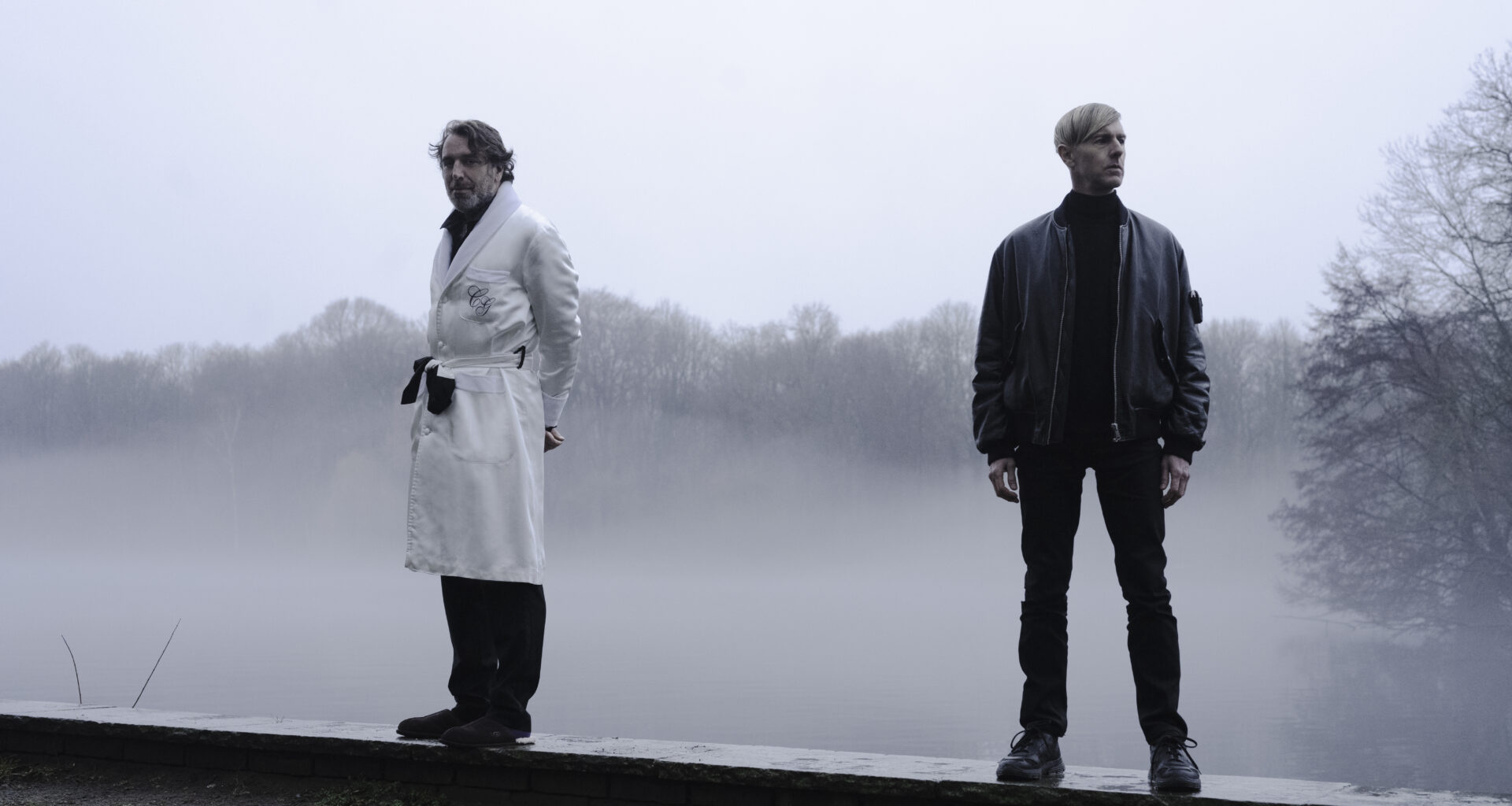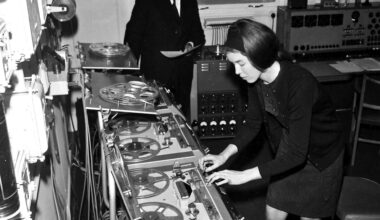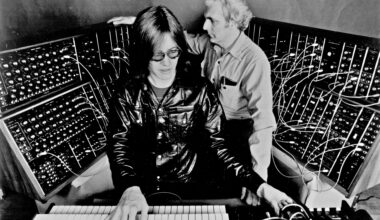As Plastikman, Richie Hawtin is the king of reduction. But ‘Consumed In Key’, a collaboration with piano maestro Chilly Gonzales, is a radically different take on minimal techno, a step into uncharted territory that pushes both artists way beyond their comfort zones. The result is simply stunning
Want to read more?
Sign up to Electronic Sound Premium to gain access to every post, video, special offers, and more. 100%, all you can eat, no commitment, cancel any time.
Already a premium member? Log in here






